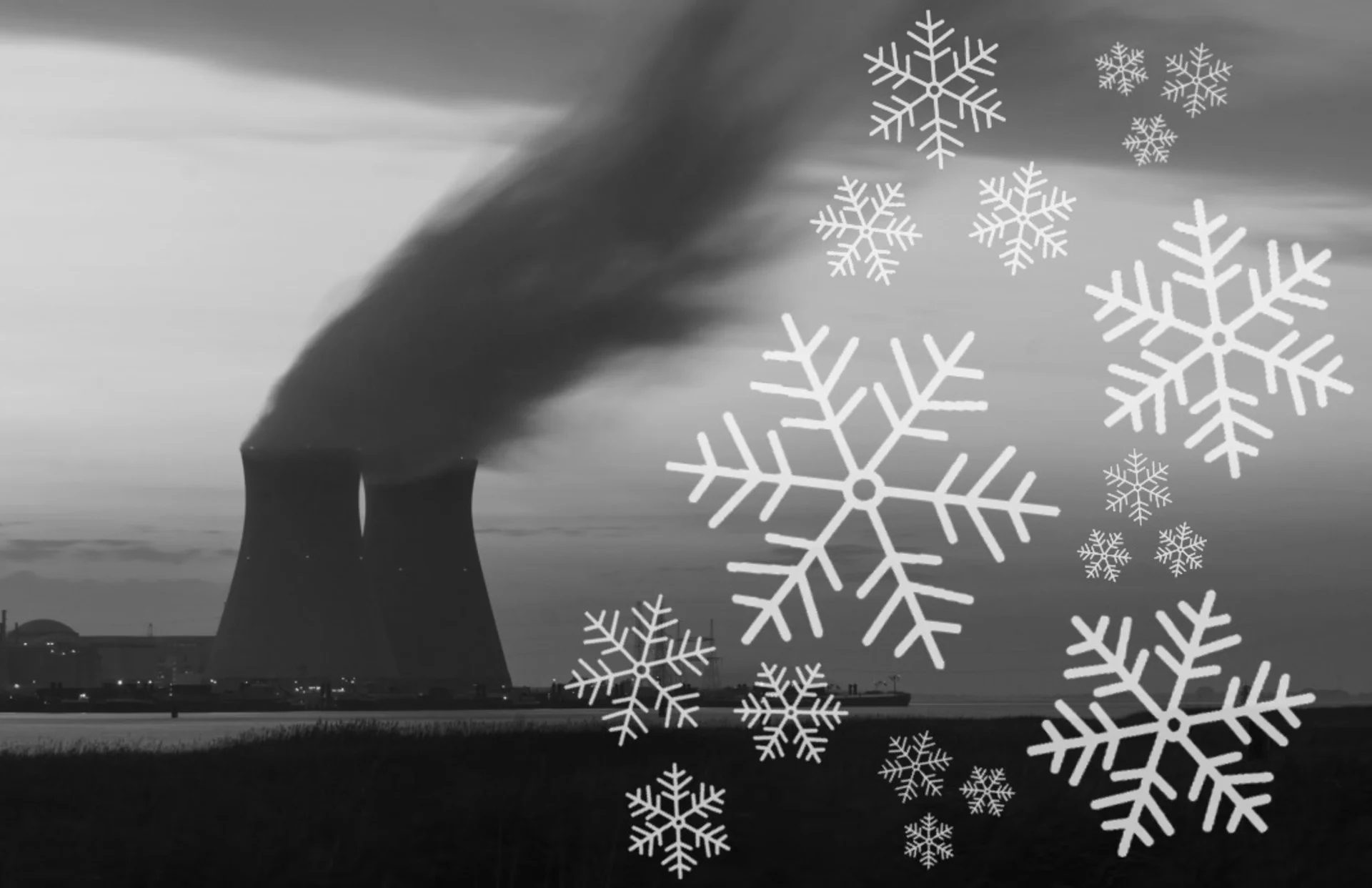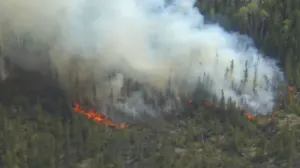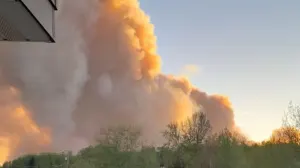
Nuclear snow? Seven strange ways humans can change fall weather
Human activities are contributing to long-term climate change, but our day-to-day lives can also lead to some pretty interesting changes in your everyday weather.
Fall is a season of dramatic change across Canada. The heat of summer gives way to crashes of Arctic air screaming southward. A wavy jet stream spins up a constant supply of storms to wash over the country. But some of fall’s most striking and impactful weather events are directly influenced by humans themselves.
Visit our Complete Guide to Fall 2023 for an in-depth look at the Fall Forecast, tips to plan for it and much more!
We can create nuclear-effect snow by accident
We’re intimately familiar with the ways in which human activities are changing our climate. Hotter temperatures, longer droughts, and more extreme storms are all disastrous consequences of our influence over the planet’s atmosphere.
But our activities can also have smaller, shorter-lived impacts on local weather patterns that can significantly impact your day-to-day life. No other weather event makes this more obvious than nuclear-effect snow.
Folks in southern Ontario are no strangers to lake-effect snow, the bands of snow showers that blow off the Great Lakes in response to cold air flowing over the warm waters below. Lakes aren’t the only source of instability to trigger snow showers on a chilly morning.
The warm, moist plumes of steam generated by nuclear power plants—as well as any factory that generates large amounts of steam exhaust—can provide the moisture and instability needed to generate snow showers downwind from the plant.
The snow itself is harmless, of course, but the sudden change in visibility and road conditions over short distances can make driving dangerous.
Airplanes can create long-lived clouds
Another way humans can accidentally alter the day’s weather is just by flying around. Passenger planes flying at cruising altitude are exposed to bitterly cold temperatures that can routinely push -40°C. If temperature and humidity levels are just right, the plane’s warm, moist engine exhaust can instantly condense into a cloud behind the plane.

These condensation trails, called contrails for short, are a ubiquitous feature of our skies year-round, but they’re especially common during the colder months.
Depending on how much moisture is in the air, contrails can dissipate almost immediately or they can linger for an entire day, spreading out and covering the sky with a paper-thin deck of cirrus clouds. These milky skies are prime conditions for sundogs and other photogenic halos that can appear around the sun.
CHECK IT OUT: Humans created these bands of snow in November 2018
Ships also leave long steam trails
Airplanes aren’t the only mode of transportation that can paint our skies. Weather satellites can easily pick out shipping lanes in parts of the northern Pacific and Atlantic when low clouds and fog are looming large over the oceans.
The steam stacks atop cargo ship and cruise ships can leave similar streaks of clouds in their wake. While the process is a little different from the sharp temperature contrast that forms contrails, the end result is a patchwork of sharp, striking clouds that crisscross the ocean.
Living in valleys comes at a dangerous cost
Sometimes the effect we have on the weather depends on where we live. Folks who reside in valleys know firsthand how human activities can make conditions magnitudes worse on cold days.
Inversions form when a layer of warm air sits atop a layer of cold air below. Cold air is dense, so it often hugs the ground and sinks to the bottom of valleys on a chilly fall or winter day. This leads to a steady inversion that can linger for days.
Without any winds to stir up the air and mix out the inversion, any pollution produced by communities in the valley gets trapped near the surface. This valley smog can significantly reduce air quality, leading to day after day of hazardous air that can wreak havoc on the respiratory systems of vulnerable individuals.
WATCH: Dive into how inversion fog forms in valleys
We even make the world louder during the fall
The downsides of an inversion don’t stop with air pollution. Have you ever noticed that the world can seem a little bit louder in those evening hours right after sunset?
Temperatures cooling off in a hurry during the early evening hours can lead to an inversion that amplifies any noises within a few kilometres of your home. The sharp temperature change above our heads can act like a ceiling that redirects any loud noises back down toward the surface.
As a result, evenings featuring an inversion can carry the sound of highway traffic, sporting events, concerts, and even thunder far away from the source of the noise.
SOUND ON: Skipping stones on this frozen lake makes an eerie sound
Inversions also lead to lots of fog
The inversions that develop on a cool evening can also lead to a shallow layer of fog that hugs the ground. You’ve probably seen inversion fog if you’ve been near a sports field, pond, or sprawling farm on a cool evening.
Plenty of landscaping and construction projects can lead to prime conditions for inversion fog. This fog can dramatically reduce visibility on nearby roadways, sometimes leading to tragic consequences.
A stretch of Interstate 75 near Chattanooga, Tennessee, was the site of multiple fatal pileup accidents in the 1970s and 1990s when thick fog developed across the highway. This fog was likely the combined result of a reservoir created by a nearby dam and the settling basins of a nearby paper mill.
DON’T MISS: The ‘snow paradox’: why 2 cm of snow can be more dangerous than 25 cm of snow
Traffic turns those first light snows exceptionally dangerous
Traffic itself can turn some mundane weather events into a high-stakes ordeal. Every commuter season’s first couple of light snows can be the most dangerous.
Snow has a hard time sticking to roadways when hot traffic drives over it and air temperatures are hovering around the freezing mark. This melting can lead to a thin layer of ice developing on the roads, turning those serene early snowfalls into a hazard lying in wait.
Thumbnail created using images from Unsplash and Pixabay.










